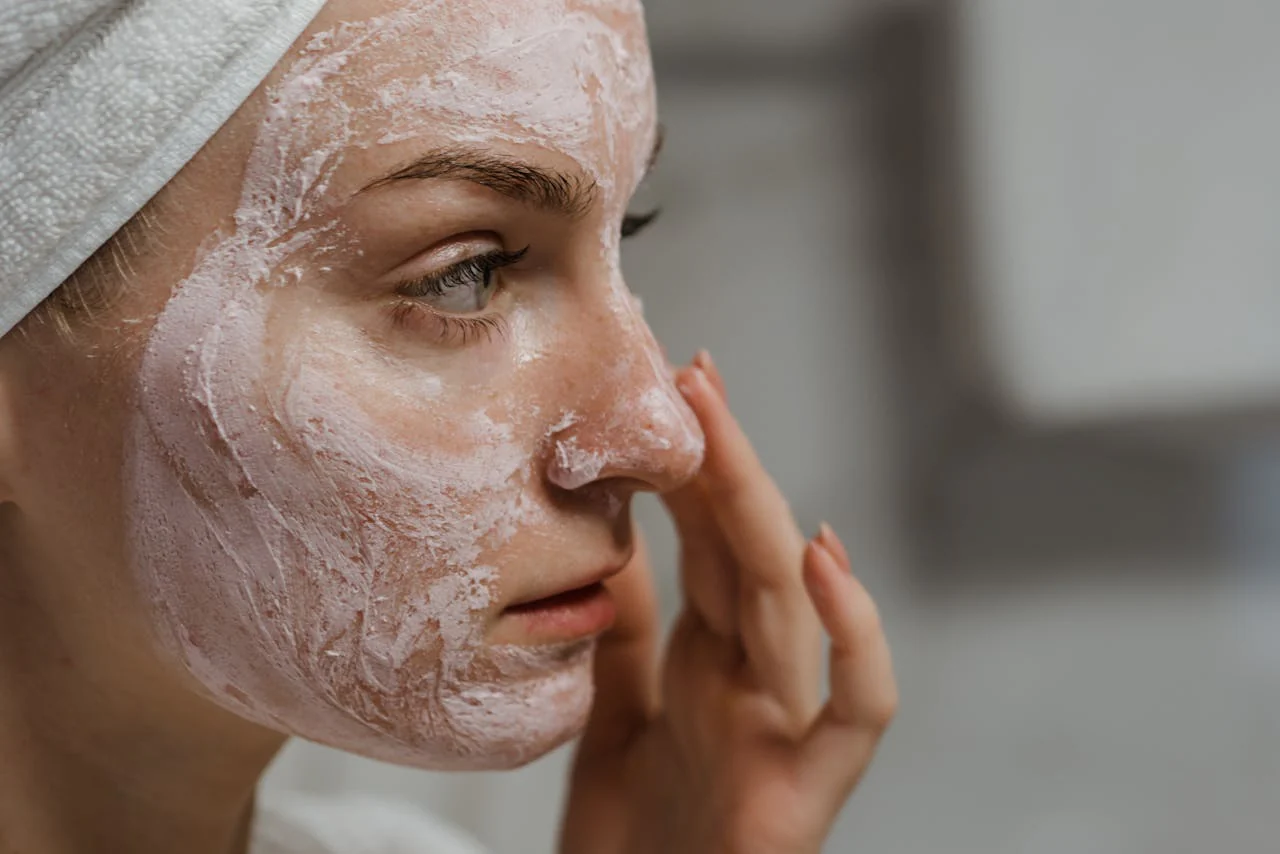Sale: Up to 70% OFF site wide | No code required
Get 10% OFF your first order
Free shipping on orders above ₹499

Exfoliation: a fancy word for scrubbing away the drama your skin accumulates daily. Dead skin cells? See ya. Stubborn grime? Adios. But here’s the deal: exfoliating isn’t a one-size-fits-all game. Get it wrong, and your skin might give you the silent treatment—or worse, an angry breakout.
So, let’s decode how to exfoliate the right way. Because your skin deserves to glow, not grumble.
Think of your skin as a bustling metropolis. Exfoliation is like spring cleaning: it gets rid of dead skin cells, unclogs pores, and helps your serums and moisturizers do their job. Without it? Your skin can look as dull as an unlit candle. Not cute.
But exfoliation isn’t just about glowing skin. It also prevents acne, improves skin texture, and boosts cell turnover. In short, it’s your skincare’s overachieving BFF.
Before you start scrubbing like a kitchen sponge, know this: exfoliation comes in two flavors.
Skin types are like personalities: each one is unique. Here’s how to exfoliate based on your skin’s vibe.
Dry skin is already missing some moisture, so don’t strip it further. Opt for:
Pro Tip: Follow up with a rich moisturizer. Exfoliation is the appetizer; hydration is the main course.
Oily skin can handle more frequent exfoliation, but don’t treat it like a grease stain. Try:
Pro Tip: Keep blotting papers handy. Exfoliating won’t magically stop oil production, but it will keep your pores from looking like mini swimming pools.
Combo skin is like that friend who can never decide where to eat. Treat it with:
Pro Tip: Multi-masking pairs perfectly with combo skin. Exfoliate, then mask, and let your skin thank you.
Sensitive skin is like a toddler—prone to tantrums if you’re not gentle. Stick to:
Pro Tip: Do a patch test with any new product. Better safe than spotty.
Aging skin loves exfoliation, but it needs a softer touch. Go for:
Pro Tip: Pair exfoliation with a hydrating serum to plump up fine lines and wrinkles.
If your skin feels tight, looks red, or starts peeling, you’ve gone too far. Over-exfoliation strips your skin barrier, leaving it vulnerable.
Homemade scrubs are tempting, but not every Pinterest idea belongs on your face. If you’re going DIY, stick to gentle ingredients:
Avoid harsh DIYs (we’re looking at you, lemon juice) unless you want your skin to stage a protest.
Exfoliation is a game-changer—when done right. Treat it as part of your self-care ritual, not a chore. Listen to your skin, choose the right products, and remember: glowing skin isn’t about perfection; it’s about care and consistency.
So, grab that exfoliant (or maybe just bookmark this page), and give your skin the love it deserves. Because when your skin shines, so do you.
Best Offers and Prices Available!
Guaranteed Return & Replacement!
Instant and Quick Delivery!
Best Offers and Prices Available!
Guaranteed Return & Replacement!
Instant and Quick Delivery!

At Brown Butters, we believe in the power of scent to elevate your mood and create moments of joy. Our products are crafted to help you pause, breathe, and indulge in self-love.
Copyright © 2024 Brown Butters | Design by Dizi Global Solution

Chat with us